Reno A&E B Series User manual
Other Reno A&E Security Sensor manuals
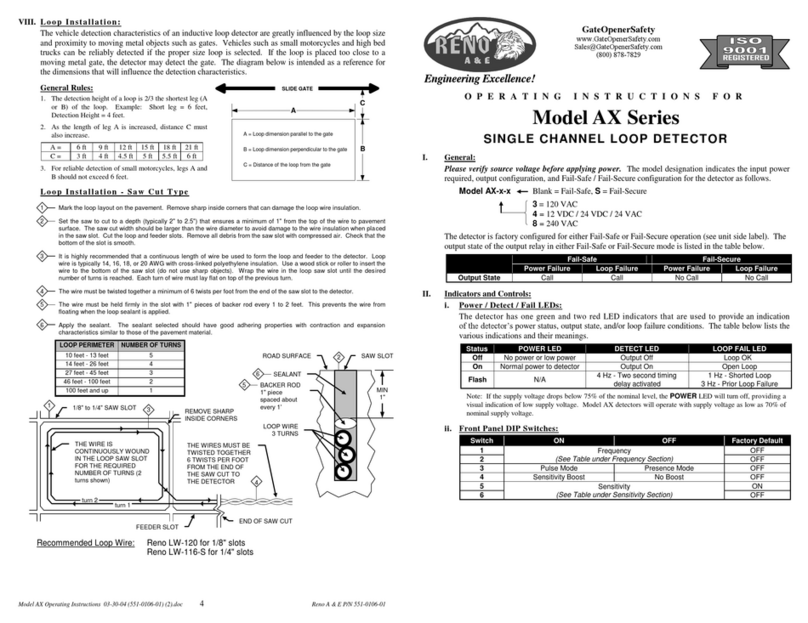
Reno A&E
Reno A&E AX Series User manual
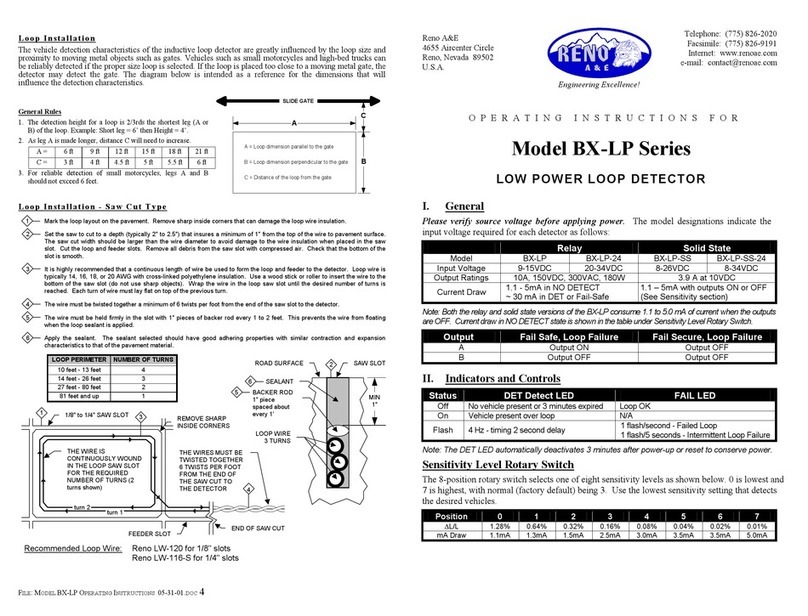
Reno A&E
Reno A&E BX-LP Series User manual

Reno A&E
Reno A&E H2 User manual
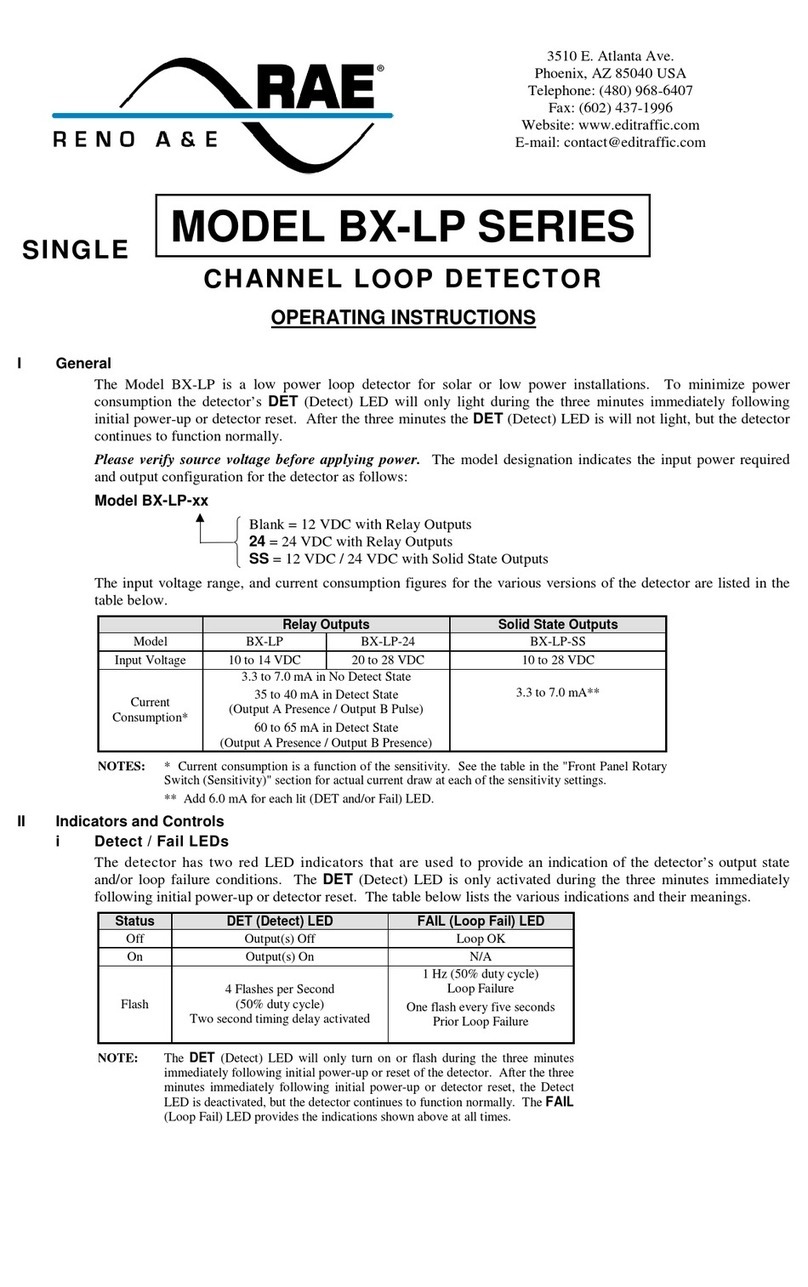
Reno A&E
Reno A&E RAE BX-LP Series User manual

Reno A&E
Reno A&E B Series User manual
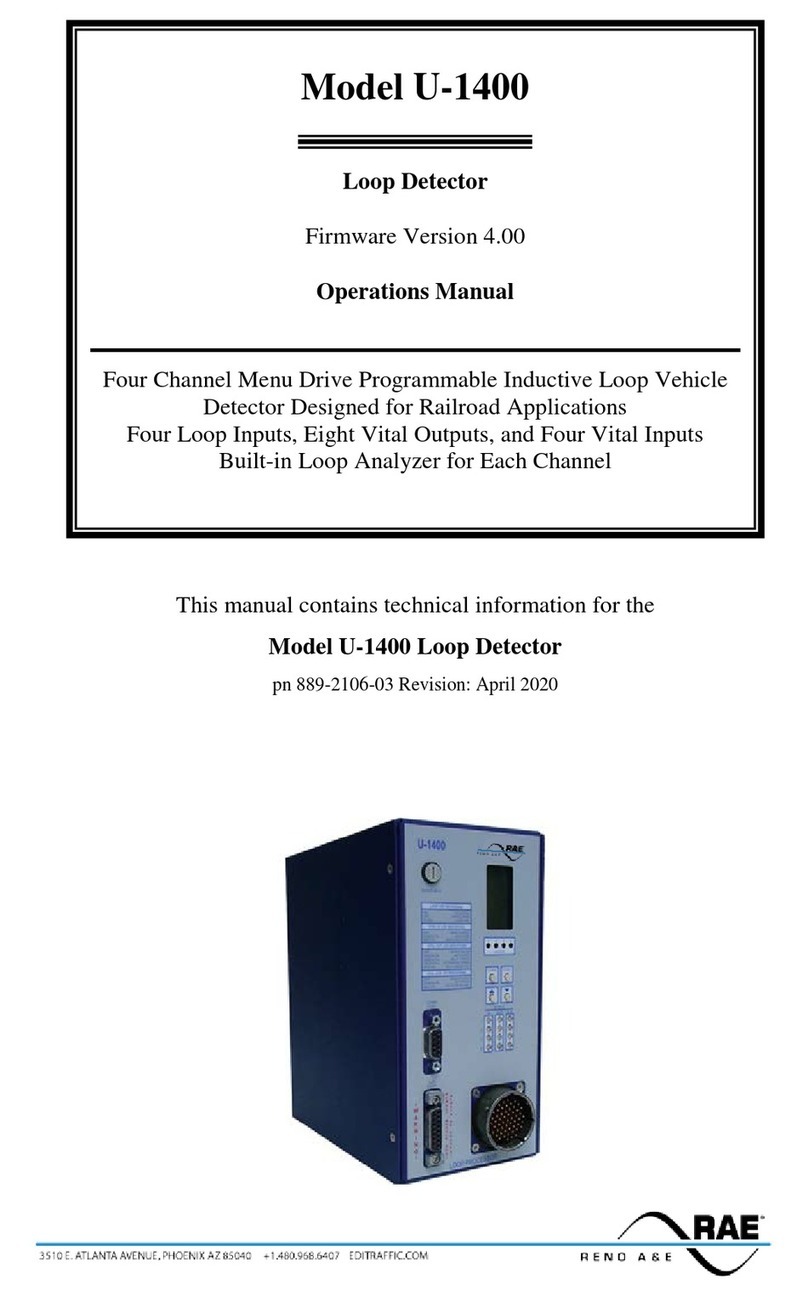
Reno A&E
Reno A&E U-1400 User manual
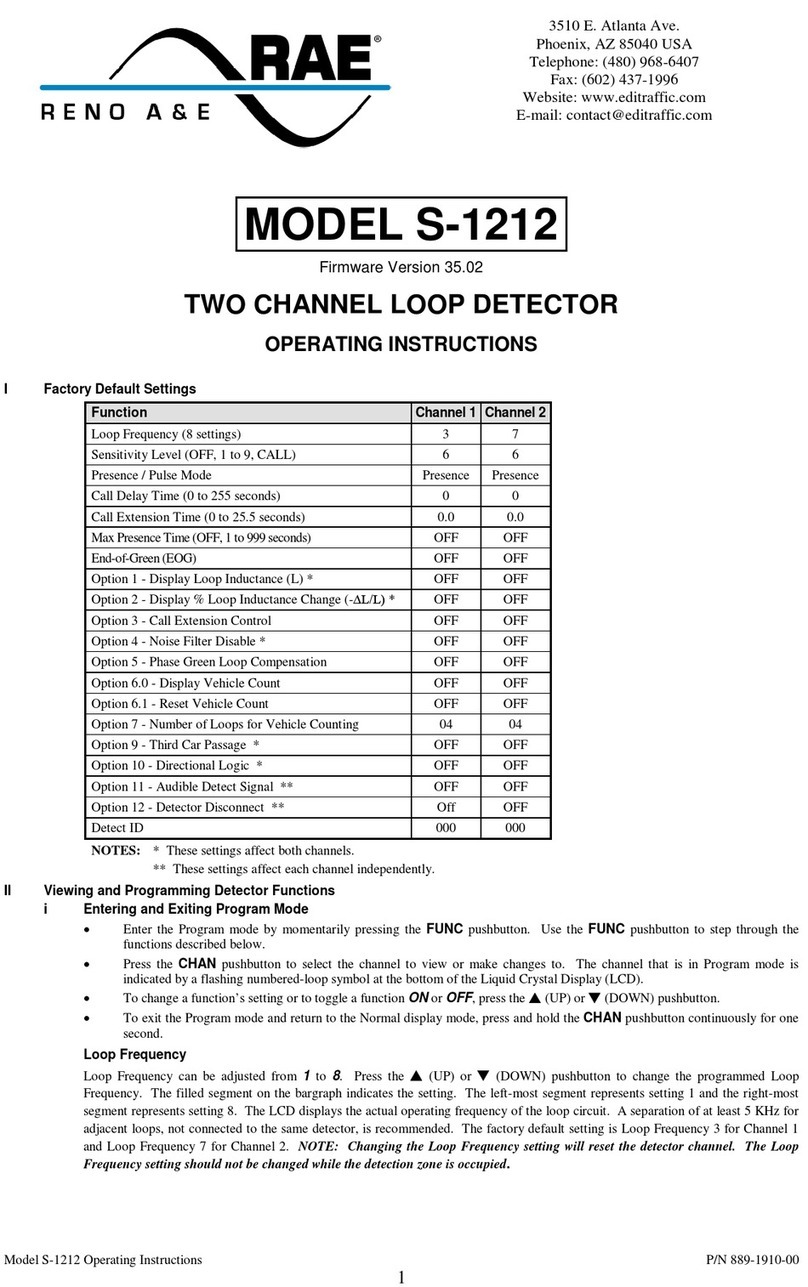
Reno A&E
Reno A&E S-1212 User manual
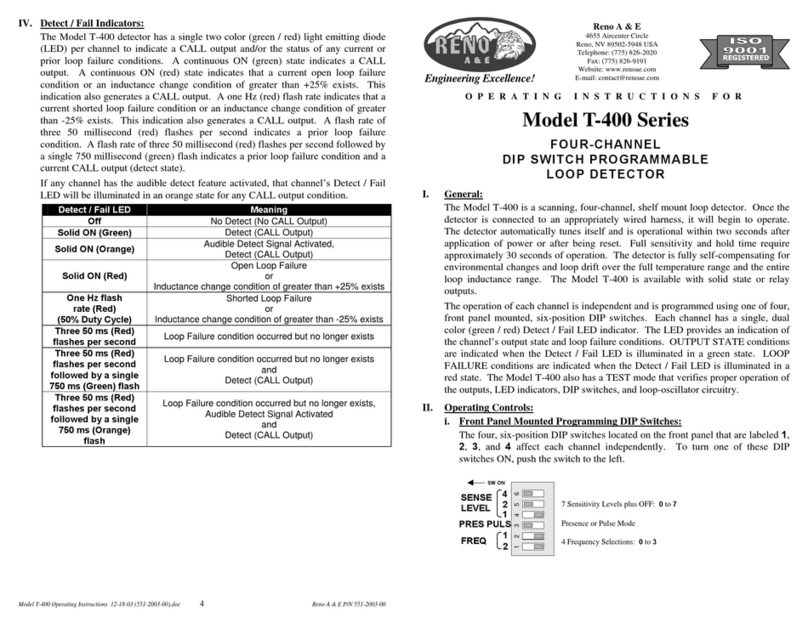
Reno A&E
Reno A&E T-400 Series User manual
Popular Security Sensor manuals by other brands

Shinko
Shinko SE2EA-1-0-0 instruction manual

Det-Tronics
Det-Tronics X Series instructions

ACR Electronics
ACR Electronics COBHAM RCL-300A Product support manual

TOOLCRAFT
TOOLCRAFT 1712612 operating instructions

Elkron
Elkron IM600 Installation, programming and functions manual

Bosch
Bosch WEU PDO 6 Original instructions















